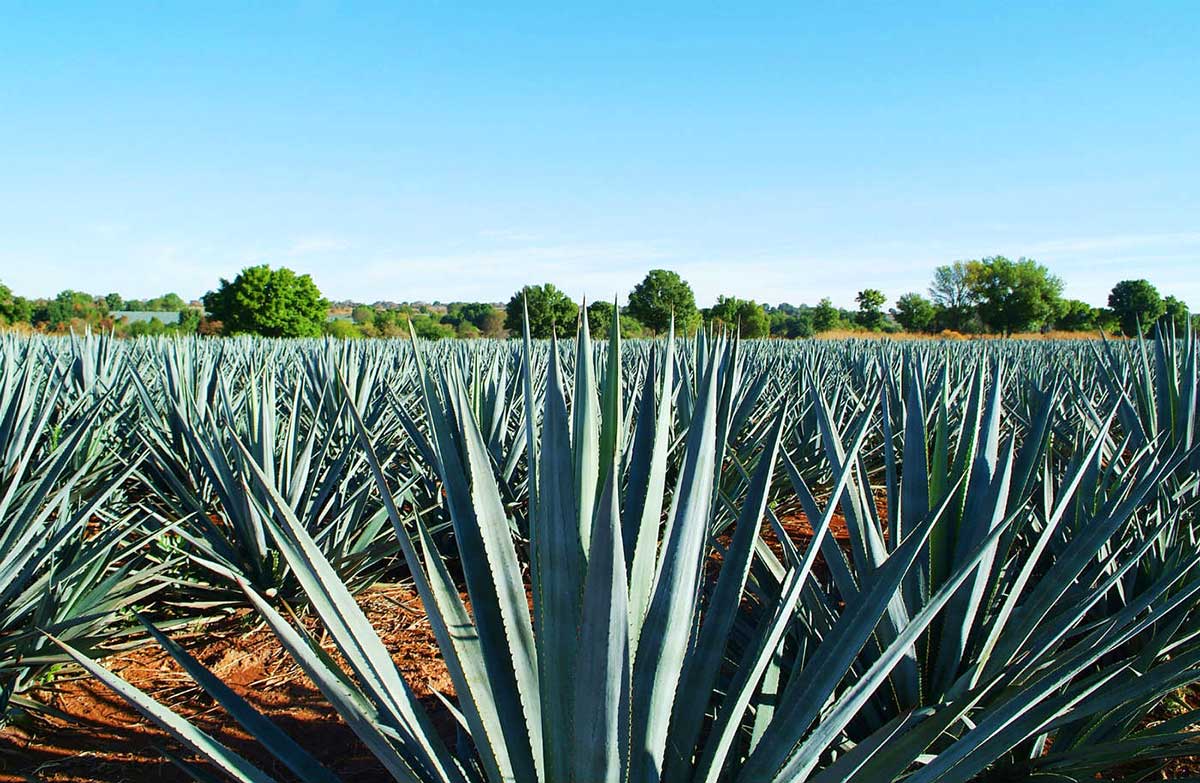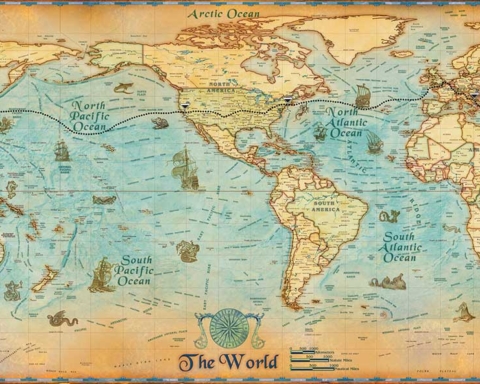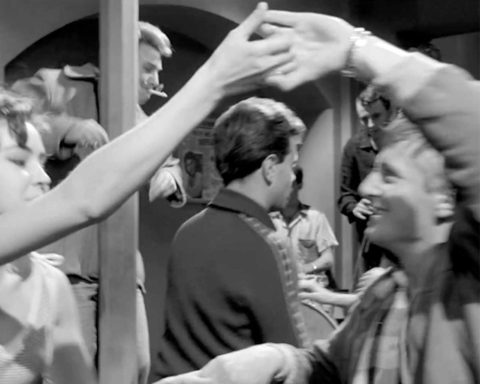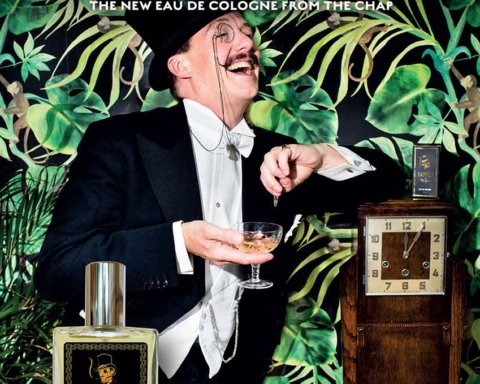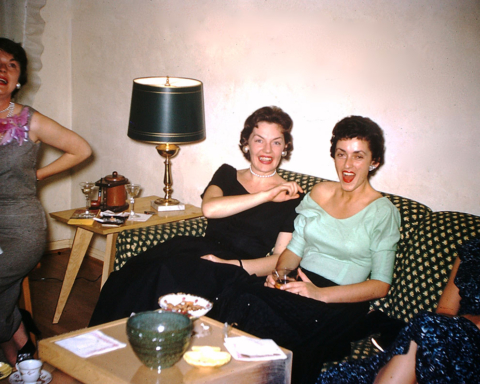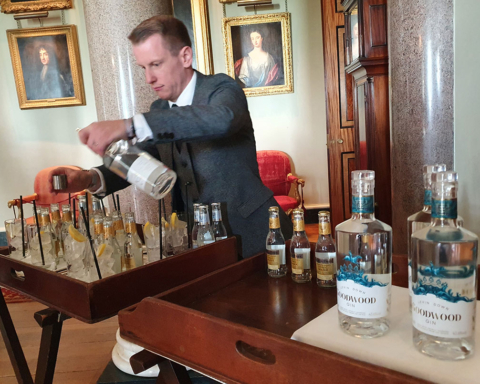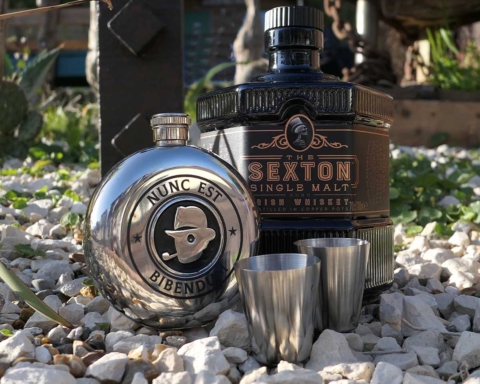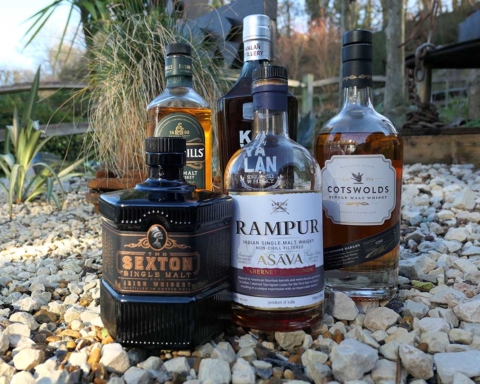On National Tequila Day, Gustav Temple samples a new tequila that lays to rest the drink’s association with sombrero-wearing roustabouts

“Hey, Rosita, come quick/Down at the cantina they’re giving green stamps with tequila!”
For some, the song Speedy Gonzalez by Pat Boone (1962) may have been one’s first introduction to Tequila, for others another song by The Champs released in 1958, Tequila!, may have shuddered from the speakers at some student shindig where 17 Tequila slammers seemed like a good idea at the time; it may even be that the very scent of this Mexican beverage still sends a Pavlovian shudder through the system.
This is a pity, because the word Tequila has much grander origins, meaning ‘volcanic rock’ in the ancient Nahuatl language of Jalisco, the region of Mexico where the town of Tequila is situated, overlooked by a dormant volcano. When the Spanish conquistadores arrived in 1519, they found that the natives were already guzzling a local brew made from the agave plant. The locals worshipped agave so much that the plant was personified through a 400-breasted female deity named Mayahuel.

The Spanish held no truck with such hocus-pocus and neither did they favour the local brew, so they developed their own version of agave (also known as mezcal) wine, calling it Vino de Mezcal. The first large-scale distillery for vino de mezcal was built in the early 17th century in Tequila.
By the mid 18th century, the dominant name in the production of this agave wine was the Cuervo family. 100 years later they faced stiff competition from the Sauza family, who had identified blue agave as the best variety for producing tequila. In 1902 tequila was formally identified as a drink made from agave originating from the Tequila region, while it wasn’t until 2005 that mezcal was granted similar status as denominating an agave-based drink from the Oaxaca region. However, even by then, across the Atlantic tequila had still not fully shaken off its reputation as a tipple served from the rifle belt of the waiter in a Mexican restaurant, often to the tune of the Champs.
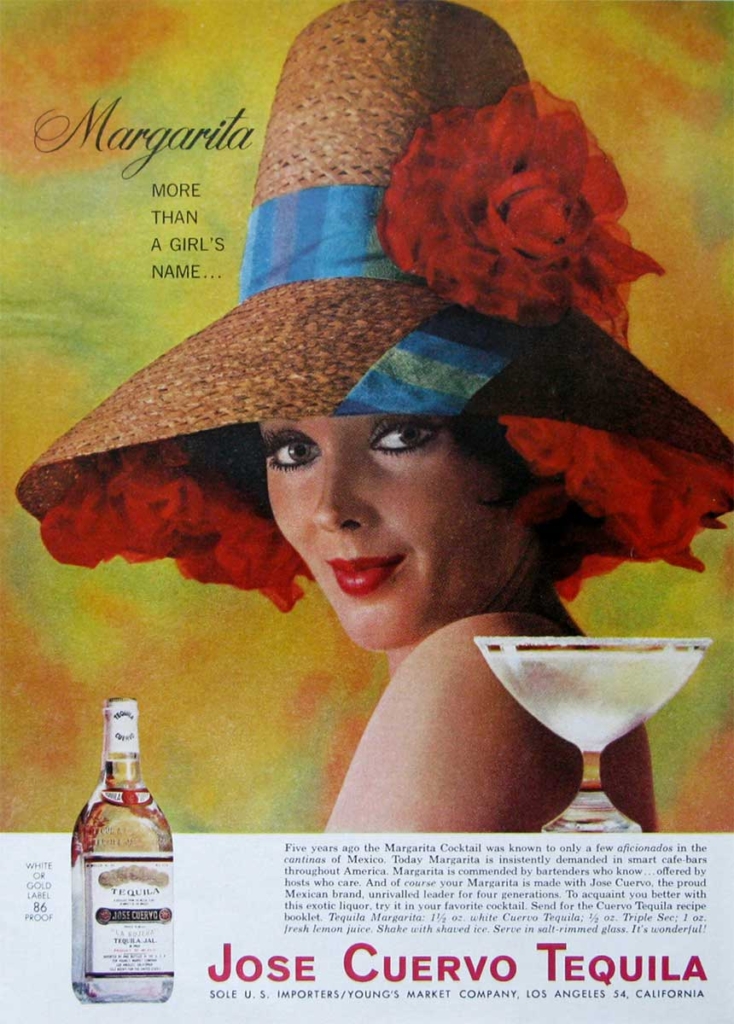
Enter Maestro Dobel, a distillery founded in 2008 by Juan Domingo Beckmann Legorreta, an 11th generation scion of the Jose Cuervo dynasty. He developed a new type of premium white tequila, Maestro Dobel Diamante.
This blend of reposado, añejo, and extra-añejo tequilas, all of which are usually golden in colour through being aged in barrels, is completely clear. A proprietary filtration selectively removes all of the colour, but retaining all of the smooth, creamy, complex flavour. The result is a tequila one can sip, with buttery notes of caramel, honey and maple, with a nutty, smoky finish. Best of all, you don’t have to do the thing with the slice of lemon and the salt, as it sips elegantly straight from the glass.
Margaritas can also be made from Maestro Dobel Diamante, but it works better in a Sensei:
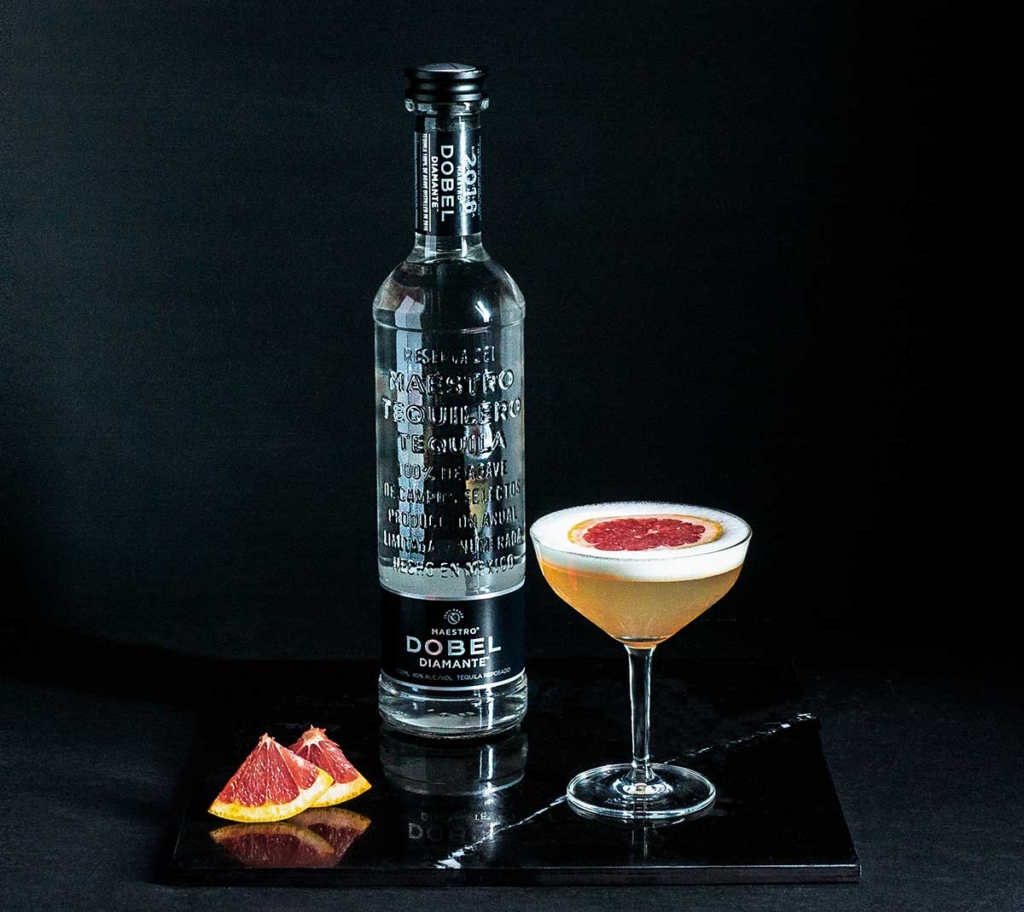
60ml Maestro Dobel® Diamante™
7ml Yuzu juice
25ml Grapefruit juice
15ml Yellow tea syrup (Steep tea bag in equal parts of hot water and sugar until dissolved)
1 egg white
Combine all the ingredients in a dry shaker and shake well for about a minute. Add ice and shake again for another minute. Strain into a large coupe glass and garnish with a thin grapefruit wheel.

